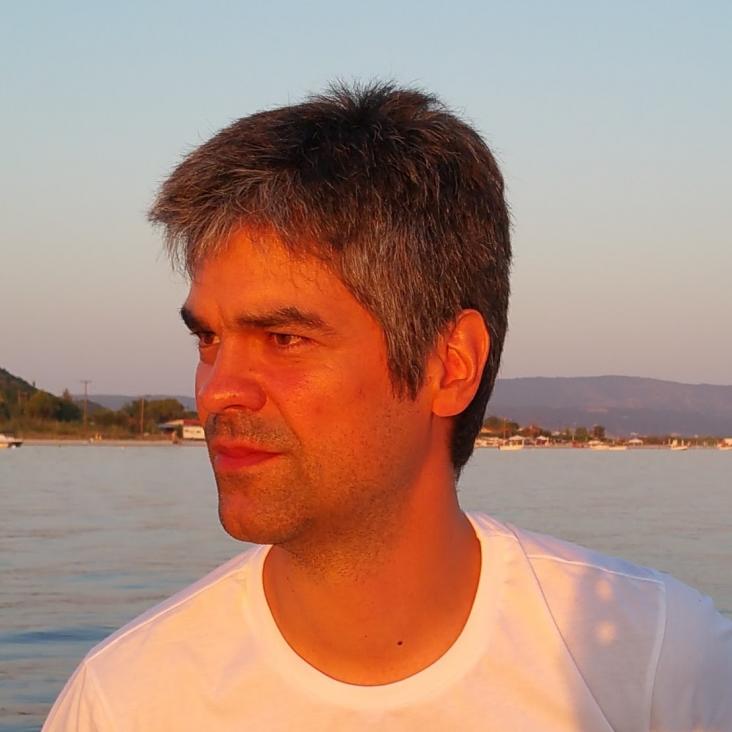Verifying and reporting Fast Radio Bursts
Monthly Notices of the Royal Astronomical Society Oxford University Press (OUP) 481:2 (2018) 2612-2627
LOFAR Discovery of a 23.5 s Radio Pulsar
The Astrophysical Journal American Astronomical Society 866:1 (2018) 54
Shock location and CME 3D reconstruction of a solar type II radio burst with LOFAR
Astronomy & Astrophysics EDP Sciences 615 (2018) a89
The galactic halo pulsar population
Monthly Notices of the Royal Astronomical Society Oxford University Press 479:3 (2018) 3094-3100
Abstract:
Most population studies of pulsars have hitherto focused on the disc of the Galaxy, the Galactic centre, globular clusters, and nearby galaxies. It is expected that pulsars, by virtue of their natal kicks, are also to be found in the Galactic halo. We investigate the possible population of canonical (i.e. non-recycled) radio pulsars in the halo, estimating the number of such pulsars, and the fraction that is detectable via single pulse and periodicity searches. Additionally, we explore the distributions of flux densities and dispersion measures (DMs) of this population. We also consider the effects of different velocity models and the evolution of inclination angle and magnetic field on our results. We show that ∼33 % of all pulsars beaming towards the Earth are in the halo but the fraction reduces to ∼1.5 % if we let the inclination angle and the magnetic field evolve as a falling exponential. Moreover, the fraction that is detectable is significantly limited by the sensitivity of surveys. This population would be most effectively probed by surveys using time-domain periodicity search algorithms. The current non-detections of pulsars in the halo can be explained if we assume that the inclination angle and magnetic field of pulsars evolve with time. We also highlight a possible confusion between bright pulses from halo pulsars and fast radio bursts with low DMs where further follow-up is warranted.Initial results from the ALFABURST survey
Proceedings of the International Astronomical Union Cambridge University Press 13:S337 (2018) 414-415

